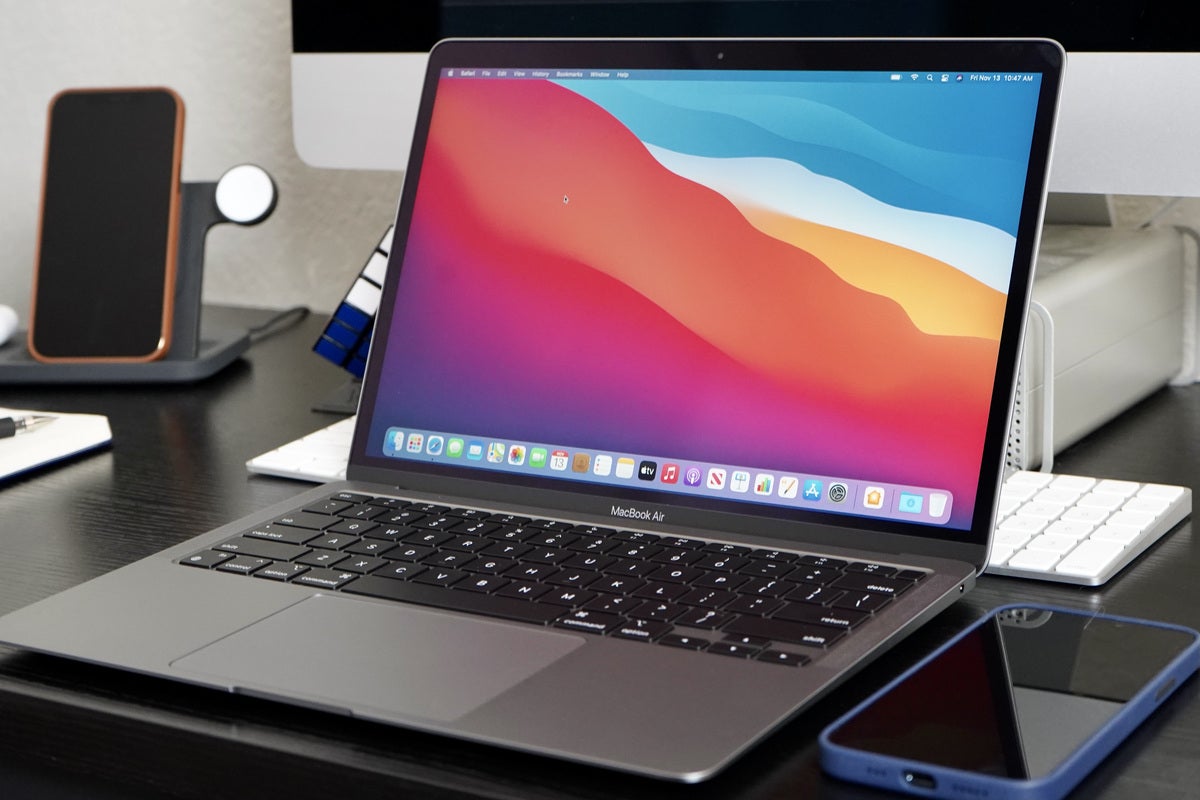

- #PARAVIEW MAC M1 HOW TO#
- #PARAVIEW MAC M1 MAC OS#
- #PARAVIEW MAC M1 INSTALL#
- #PARAVIEW MAC M1 BLUETOOTH#
- #PARAVIEW MAC M1 FREE#
Step 2: With the key still held down, click on the Apple menu in the Mac toolbar. Step 1: Press and hold the Option key on your keyboard. First, follow the instructions below to discover if your machine has a T2 chip. This process can differ whether or not your Mac has an Apple T2 security chip. Otherwise, if you have a MacBook, you’ll need to go through a slightly more complicated procedure. On an iMac, simply shut the machine off and unplug the power cable for 30 seconds. If the login info is right, you can attempt to reset your machine’s SMC (System Management Controller) to resolve the issue.

#PARAVIEW MAC M1 INSTALL#
If you’ve found that you are no longer able to log into your computer after an install of MacOS Big Sur, begin by making sure that you are entering the correct password. Bug: Unable to sign in after installing MacOS Big Sur Step 5: Your MacBook should now boot normally. Step 4: Once you see the Apple logo appear and disappear three times, release the buttons. Step 3: Turn the machine on, and continue to hold down the keys mentioned above. Step 2: Hold down the Command + Option + P + R keys. Luckily, this issue is easily fixable following the instructions below to reset your Mac’s PRAM. Additionally, some users are receiving a message with a battery service warning. Some users have reported that after installing MacOS Big Sur, their MacBook or MacBook Pro’s battery life has become dramatically shortened. Issue: MacOS Big Sur drains the battery fast or displays battery issues Step 6: Now attempt to install MacOS Big Sur. Step 5: Once complete, typing tmutil listlocalsnapshots / and pressing Enter will not display any Time Machine snapshots. Step 4: Repeat the above command to delete all snapshots. Ex: sudo tmutil deletelocalsnapshots -002051 Step 3: To delete each snapshot, type sudo tmutil deletelocalsnaps, then the name of the snapshot. Step 2: Type tmutil listlocalsnapshots / and press Enter to show all the snapshots on your machine the snapshots will appear as files starting with the word “com.” Step 1: Open the Terminal app on your Mac.
#PARAVIEW MAC M1 MAC OS#
Follow the steps below to remove your Time Machine backups and then install Mac OS Bir Sur. You can temporarily clear out these Time Machine snapshots to solve the issue.

Time Machine stores snapshots of your drive to assist with its next backup.
#PARAVIEW MAC M1 FREE#
If you have at least 50 GB of free space on your machine and Mac OS Big Sur still complains there isn’t enough space, Time Machine is likely the culprit. Otherwise, check that your device has enough free storage space on the main hard drive or solid-state drive to install the new OS properly - you will need 50GB of free space to proceed with the install. If you’re having problems installing MacOS Big Sur on your Mac, first ensure that you have a compatible machine (listed below). Problem: MacOS Big Sur won’t install on your machine
#PARAVIEW MAC M1 HOW TO#
Here are the most common MacOS Big Sur problems and how to fix them. What happens what you start to have problems, though? As with any operating system, MacOS Big Sur comes with its own issues.
#PARAVIEW MAC M1 BLUETOOTH#
Problem: Bluetooth or Wi-Fi has stopped working in Big Sur.Bug: Unable to sign in after installing MacOS Big Sur.Issue: MacOS Big Sur drains the battery fast or displays battery issues.Problem: MacOS Big Sur won’t install on your machine.The first time, that's done by the install process (which is where I swiped these commands from), but subsequently you may need to do this manually. Questions)Ī couple of notes about actually running CfdOF: You need to have the disk mounted and OpenFOAM sourced for it to work. There's a bit here about downloading Paraview if you need to do that. You should be able to run the test case of your choice as soon as it's compiled. It does take 3-4 hours for OpenFOAM to compile though, so plan accordingly.

You can just copy/paste the lines into Terminal, and the only thing you have to do is replace with your version of OpenFOAM. The instructions here worked very nicely for me. Instead, I installed it natively (MacOS is unix based, so you can do that without a crazy amount of effort). I didn't use docker–I had OpenFOAM on docker for a while, but I got tired of having to cp files into and out of the container to be able to use them with other things. I made that pull request (and responded over on Gitlab), but I thought I'd respond here too to make everyone's life easier later on.


 0 kommentar(er)
0 kommentar(er)
